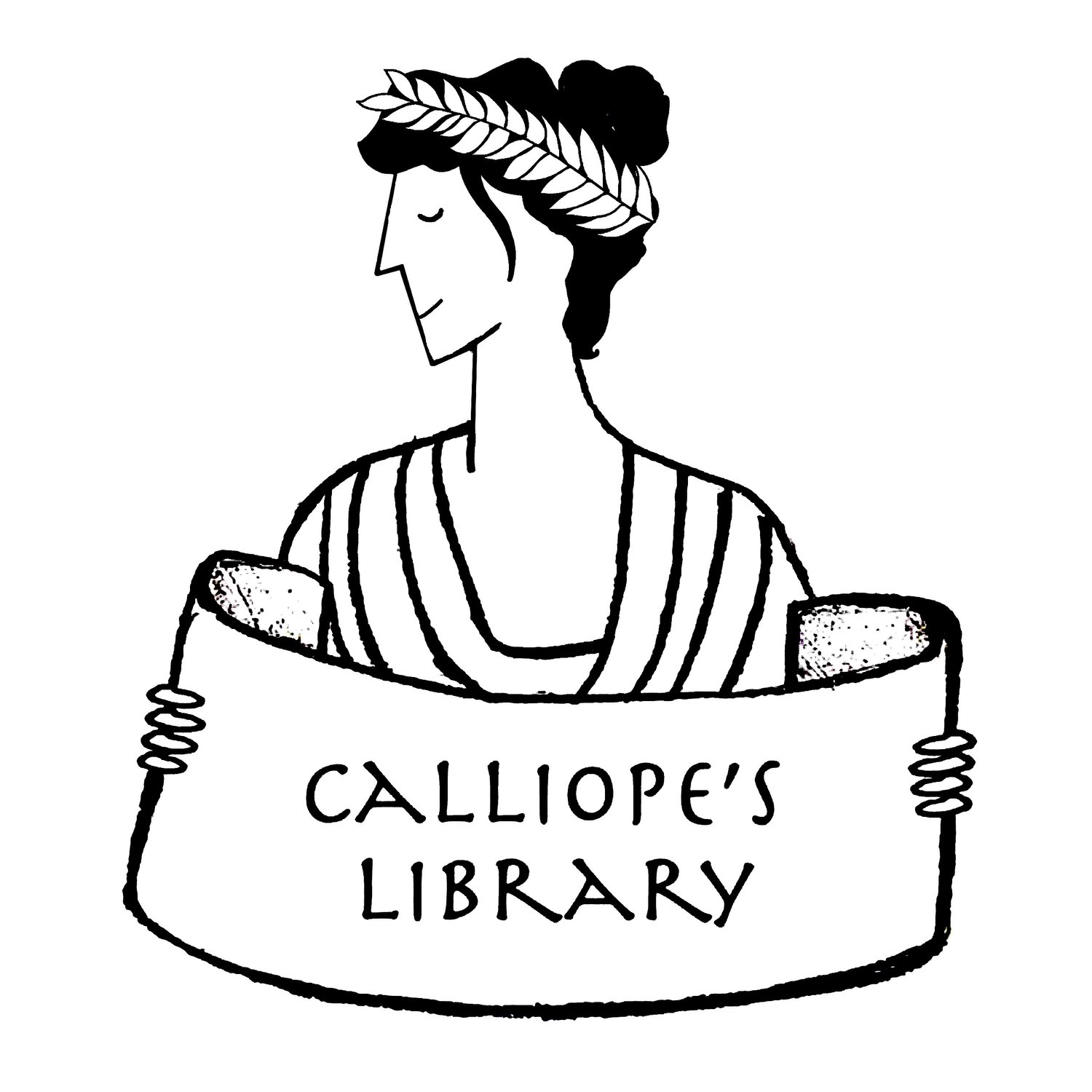Title: Bone Gap
Author: Laura Ruby
Date: 2015
Tags: 14+, Young Adult, Setting: Contemporary, Protagonist: Female, Racially/ethnically diverse character(s), Neurodiverse character(s), Hades and Persephone, Award winner: Printz Award, National Book Award Finalist
Readers interested in a scholarly approach to children’s literature may consult this title on Our Mythical Childhood Survey*
I appreciate a modern-day Persephone who sets the curtains on fire to get the fire department’s attention, because trapped isn’t the same as helpless.
Roza is a Polish exchange student who comes to a small Illinois farming town to escape her past, only to disappear mysteriously one day. The town is devastated, particularly the two brothers who initially took her in: Sean, who loves her, and Finn, who witnessed her kidnapping by a man whose face he can’t describe.
This book does so many things well. The town is vibrant and full of interesting, flawed, likable people. I especially love how it shows that a society needs people with different perspectives to see clearly. Every major character comes with a label that the community has given them. Finn is “spacey,” Sean is “heroic,” Roza is “beautiful,” and Petey is “ugly.” However, the story shows how every one of these labels is problematic, and each character proves that they are so much more than Bone Gap’s shallow stereotypes.
Bone Gap deserves its Michael L. Printz Award for Excellence in Young Adult Literature, and it’s no surprise that it was a National Book Award Finalist. Fans of fantasy, magical realism, mystery, contemporary YA, and everything in between will find something to love in it. And for you animal lovers, this Persephone takes Cerberus with her when she leaves. – Krishni Burns
* For further information on the Our Mythical Childhood Survey, please refer to the website of the project “Our Mythical Childhood” [link: http://omc.obta.al.uw.edu.pl/], led by Prof. Katarzyna Marciniak at the Faculty of “Artes Liberales,” University of Warsaw, Poland, with the participation of Bar Ilan University, University of New England, University of Roehampton, University of Yaoundé 1, and other affiliated scholars, within the funding from the European Research Council (ERC) under the European Union’s Horizon 2020 Research and Innovation Programme (grant agreement No 681202).


